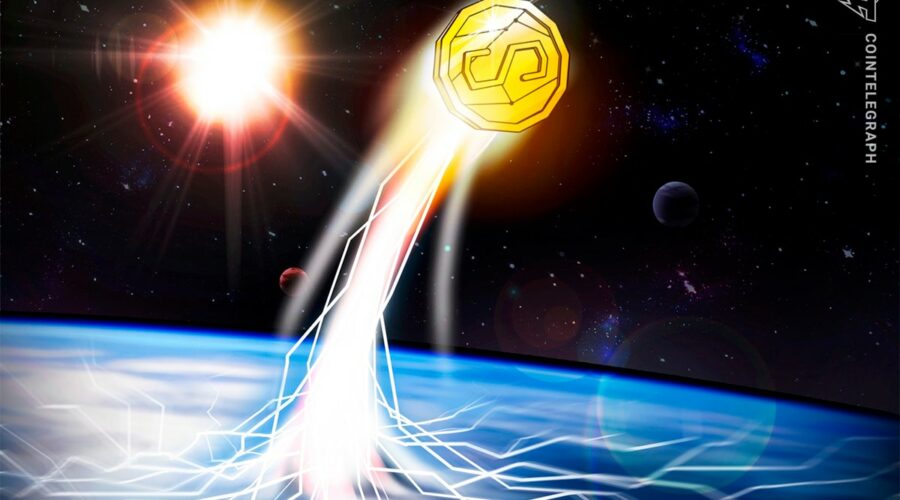Circle announces USDC launch for Cosmos via Noble network
USD Coin (USDC) will soon be available in the Cosmos ecosystem via the Noble network, according to a blog post from the Noble development team. The post was shared on Twitter by USDC issuer Circle.
Neither Circle nor Noble gave out a specific date for USDC’s launch on the network, but both said that readers should “stay tuned.”
In its announcement, the Noble team said that USDC will be the first “native, fiat-backed stablecoin that is highly liquid and fully collateralized” on a Cosmos Inter-Blockchain Communication Protocol-connected network. In its view, the introduction of the fiat-backed stablecoin will solve many of the challenges that Cosmos users currently have when trying to bridge assets from one network to another, explaining:
“This integration will catalyze hundreds of millions of dollars in liquidity over the coming months in Cosmos, and will seek to rectify the challenges that users and appchains face when interacting with bridged assets sourced from other ecosystems. […] Every blockchain needs a canonical and fungible version of USDC, and Noble exists to fulfill this critical need.”
Related: Mastercard to settle transactions for USDC in APAC
According to an explanation on the official Cosmos website, Cosmos is an interconnected web of blockchain networks that use the Tendermint Byzantine fault-tolerant consensus protocol, Application Blockchain Interface and Cosmos Software Development Kit. The networks are connected through the Inter-Blockchain Communication Protocol (IBC), allowing them to move assets between networks within the overall Cosmos ecosystem.
Noble is one of more than 50 networks in the Cosmos IBC ecosystem, according to Mintscan.
In January, Injective Protocol launched a $150 million fund to promote user adoption of the Cosmos ecosystem. It was backed by Kraken Ventures, Pantera Capital, Jump Crypto and other firms known for investing in blockchain projects. In February, the Cosmos Interchain Foundation allocated another $40 million to develop core infrastructure and applications for the ecosystem.
Source: Read Full Article

